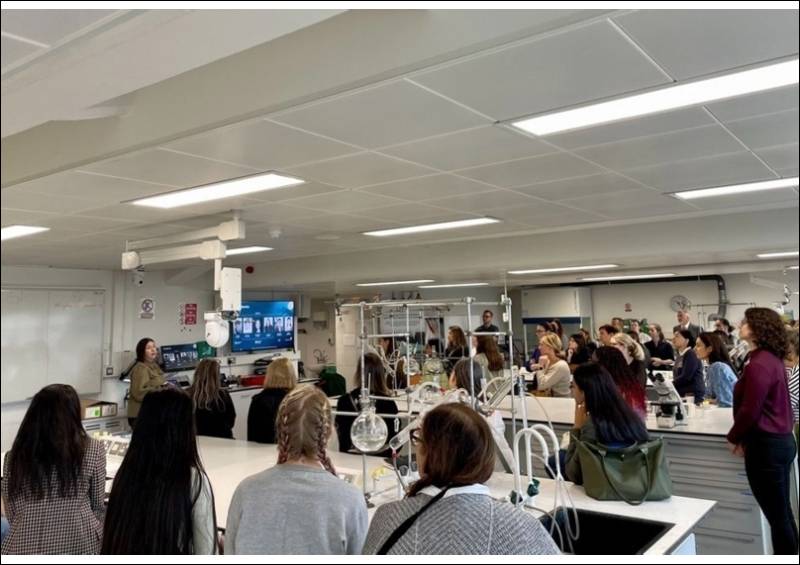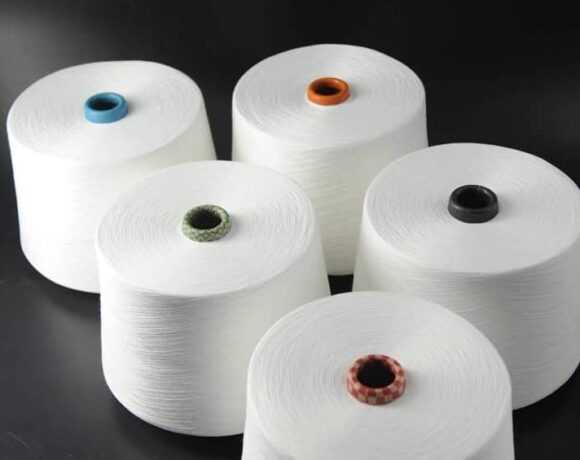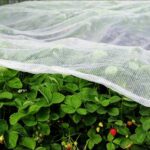New Test Method Measures Fibre Fragmentation From Fabric

The Microfibre Consortium (TMC) has teamed up with specialist test instrument manufacturer James Heal to hold the first public demonstration of a test method for fibre fragmentation from fabric.
The TMC Test Method utilised James Heal’s Gyrowash to assist in measuring microfibres released from simulated domestic laundering.
Created originally for testing colour fastness in laundering fabrics and leather, the James Heal GyroWash was used in controlled laboratory testing throughout the research that led to the final TMC Test Method.
The TMC Test Method was developed through a collaborative relationship between The University of Leeds, the European Outdoor Group and the Microfibre Consortium and other various stakeholders.
Fibre fragmentation refers to the process where small quantities of fibres, often referred to as microfibres, are lost from textiles at various stages of a product’s lifecycle.
Estimates suggest that between 6,490 and 87,165 metric tons of tiny fibres are released from UK domestic washing machines into the environment each year.
According to TMC, microfibres have a persistent nature and whilst their impacts are not yet fully understood, evidence is growing.
Due to their shape or added chemicals, fibre fragments can cause harm when ingested by organisms, and have been found in humans.
Academics from the IMPACT+ Network shared with delegates how the environmental impact of microfibres go under the radar as they are not currently considered in any life cycle assessments.
“As a company focused on innovation, we are delighted that a James Heal instrument, in this case the GyroWash, continues to be used in this groundbreaking research,” Helen Warburton from James Heal said.
“We hope it will make a difference in helping the textile industry to recognise and reduce their impact on environmental pollution through relevant testing,” she observed.














